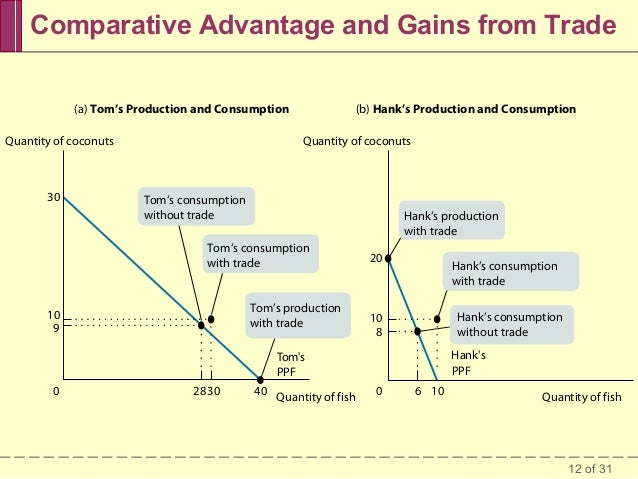AP Economics - Micro
Economic Models
Questions
- What are economic models and why are they so important to economists?
- How do three simple models - the production possibly frontier, comparative advantage, and the circular-flow diagram - helps us understand how modern economies work?
- Why is an understanding of the difference between positive economics and normative economics important for the real world application of economic principles?
- Why do economists sometimes disagree?
Model: a simplified representation of a real situation that is used to better understand real-life situation.
The Production Possibilities Frontier

-
The PPF is a diagram that shows the combinations of two goods that are possible for a society to produce at full employment.
-
We can use the PPF model to answer questions like:
- How much can we produce?
- What will it cost us to change our mix of production?
- Does it make sense to import the goods from somewhere else?
Opportunity Cost
- Opportunity Cost: what must be given up in order to get a good.
- If Boeing decides to change its production from point A to point B, it will produce 8 more small jets but 6 fewer Dreamliners: each small jet has an opportunity cost of 6 / 8 = 3 / 4 of a Dreamliner.
What Causes Economic Growth?
Two possibilities:
- An increase in factors of production: resources used to produce goods and services.
- Better technology: the technical means for producing goods and services.
Factors of Production
- Land includes natural resources, such as mineral deposits, oil, natural gas, water, and actual land acreage.
- Labor is the mental and physical abilities of the workforce.
- Physical capital is manufactured items used to produce other goods and services.
- Human capital is the educational achievements and skills of the labor force (which increase labor productivity).
Comparative Advantage
Theory of Comparative Advantage:
It makes sense to produce the things you’re especially good at producing… and buy everything else from others.

Individual and Country Comparative Advantage
- A country has a comparative advantage in producing a good or service if its opportunity cost of producing the good or service is lower than other countries’.
- An individual has a comparative advantage in producing a good or service if his or her opportunity cost of producing the good or service is lower than for other people.
Absolute vs Comparative Advantage
-
Don’t confuse absolute with comparative advantage.
- Just because the United States can produce more of both goods doesn’t mean we’re better off without trade.
-
Pay attention to opportunity costs:
- If it’s cheaper for Brazil to produce small jets than it is for the United States, the United States will want to import small jets from Brazil.
Transaction - Circular Flow
- Trade takes the form of barter when people directly exchange goods or services that they have for goods or services that they want.
- The circular-flow diagram represents the transactions in an economy by flows around a circle.
- A household is a person or a group of people that share their income.
- A firm is an organization that produces goods and services for sale.